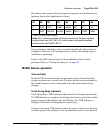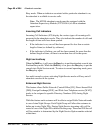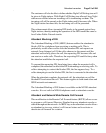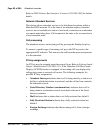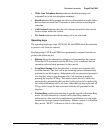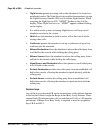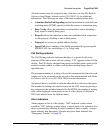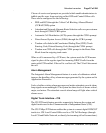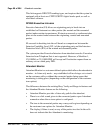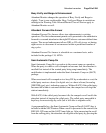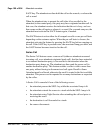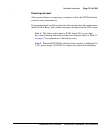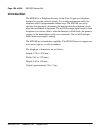
Attendant consoles Page 97 of 504
Telephones and Consoles Description, Installation, and Operation
Classes of service and prompts are provided which enable administrators to
inhibit specific users from receiving collect DID and Central Office calls.
These can be configured for the following:
• PBX and BCS through the Collect Call Blocking Allowed/Denied
(CCBA/CCBD) option
• Attendant and Network Alternate Route Selection calls on a per customer
basis through CCBA/CCBD option
• Automatic Call Distribution (ACD) queues through the CCBA prompt
• Direct Inward System Access (DISA) through the CCBA prompt
• Tandem calls dialed with Coordinated Dialing Plan (CDP) (Trunk
Steering Code, Distant Steering Code) through the CCBA prompt
• Tandem non-CDP calls through the CCBA prompt in the Route Data
Block from the outgoing trunk route
When a call is answered by a CCB user, the system sends the CCB answer
signal in place of the regular signal for incoming DID/CO calls from the
routes with CCB enabled. If the call is a collect call, The CO will disconnect
the call.
Alarm Management
The Integrated Alarm Management feature is a series of subfeatures which
improve the handling of key alarm messages generated by the system and its
Application Processors.
It also clarifies existing alarm messages and makes attendant console alarm
lamp signals more meaningful. The system has three levels of alarm: critical,
major, and minor. The attendant console alarm lamp will light when critical
alarms occur.
Digital Trunk Interface – CIS
The CIS DTI trunk feature provides connectivity between the system and
digital trunks used in the Commonwealth of Independent States (CIS).
The CIS 2 Mbps DTI feature enables the system to connect digital DID/COT
trunks to a CIS Local Central Office and to a CIS Toll Exchange (through
Local CO and Public Network, or directly for incoming toll call connections).



